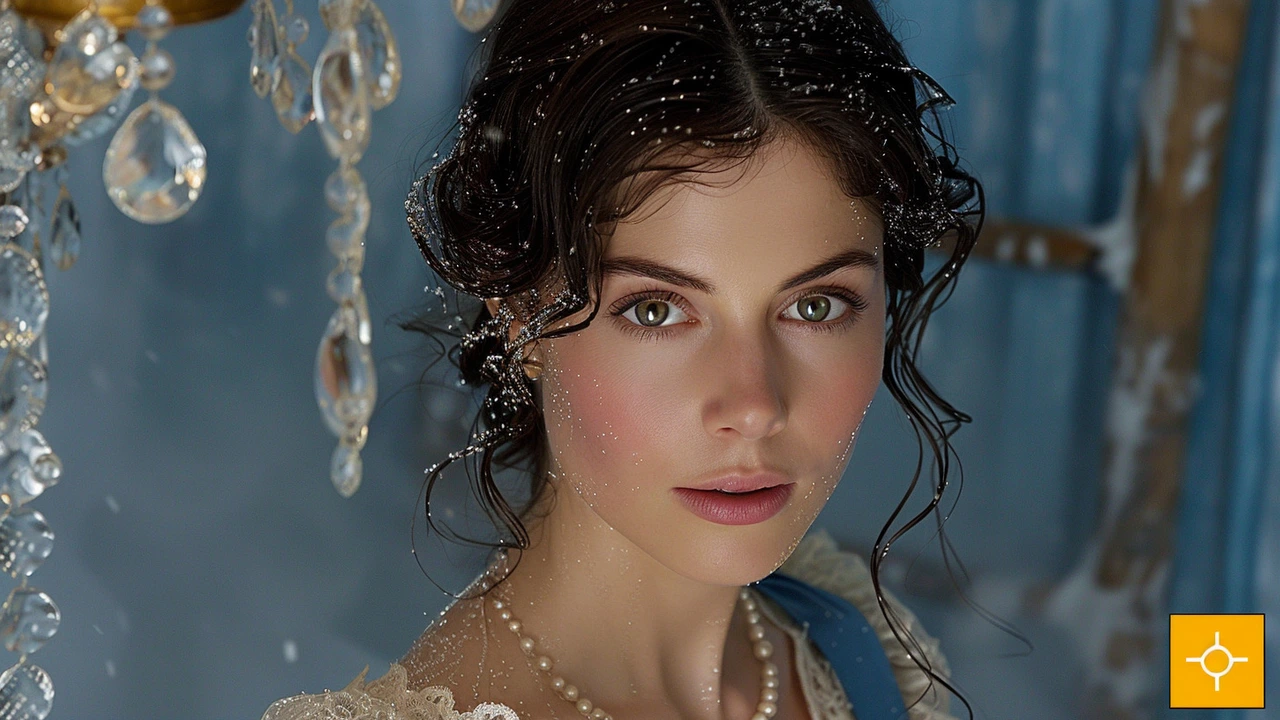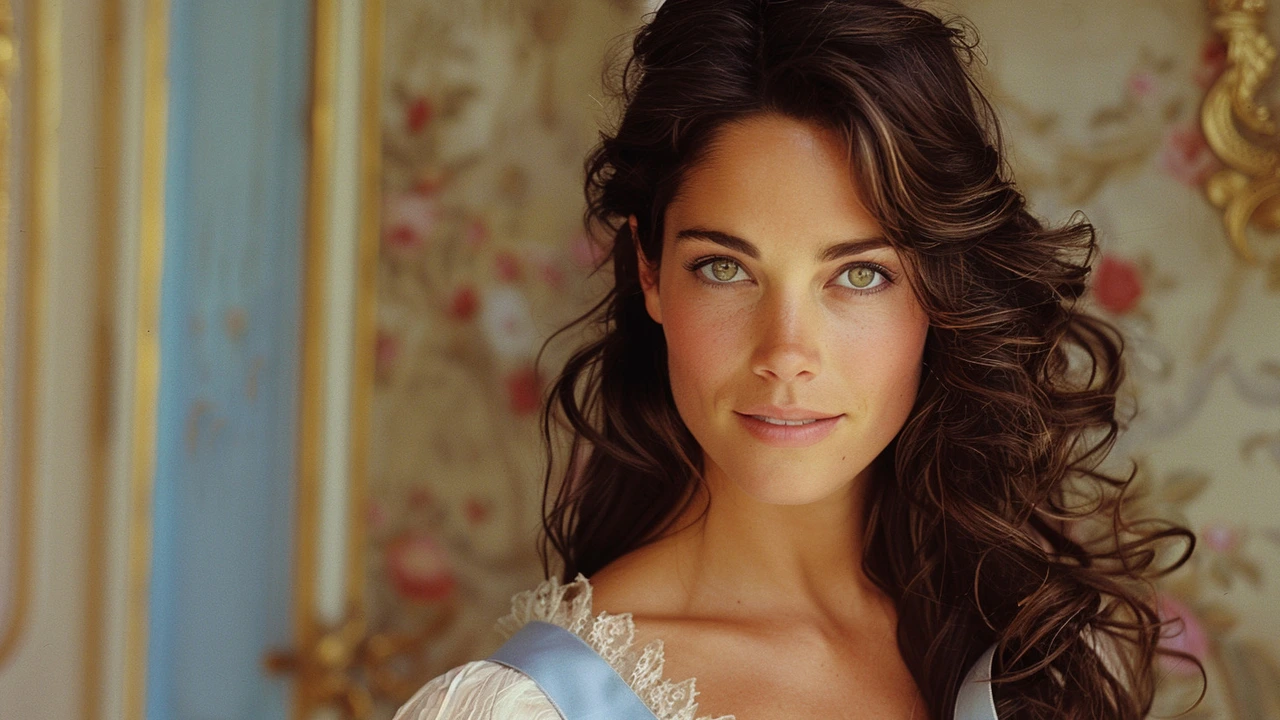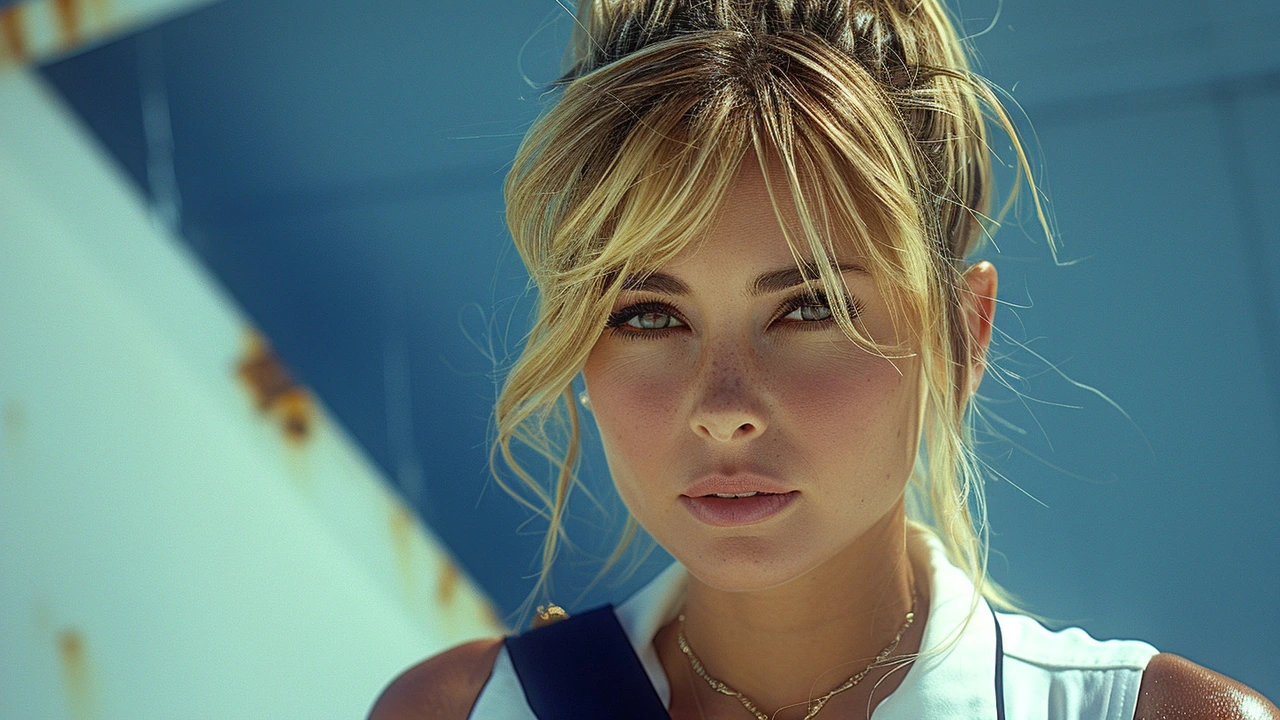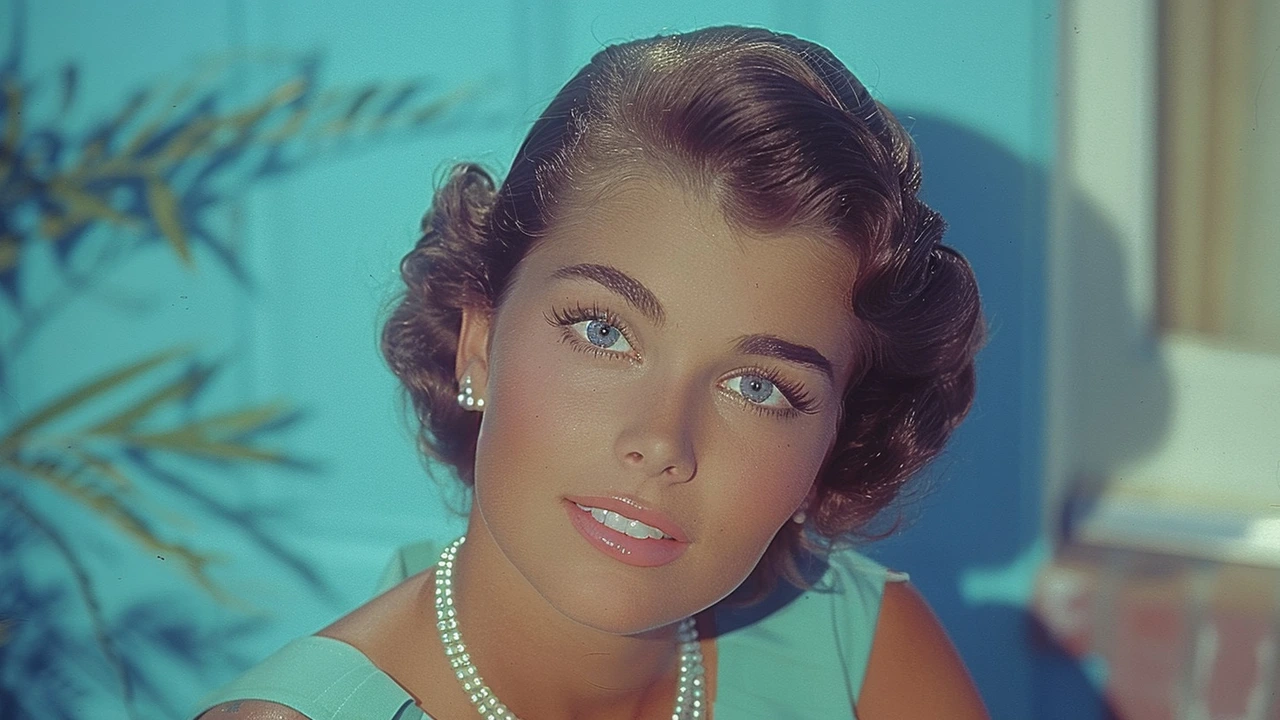Controversial Portrait of Catherine, Princess of Wales, Ignites Heated Debate Among Royal Enthusiasts
 May, 24 2024
May, 24 2024
Introduction: A New Portrait Unveiled
The world of royal aficionados is abuzz with a fresh wave of controversy, all centered around a new portrait of Catherine, Princess of Wales. This portrait graces the cover of Tatler magazine's July issue and has become a lightning rod for fervent discussion. Crafted by British-Zambian artist Hannah Uzor, the portrait attempts to encapsulate the 'grace and resilience' of Catherine, who holds an esteemed place in the hearts of many.
Uzor, an artist of notable repute, embarked on this intricate project by pouring over photographs of Catherine. Her aim was to channel the essence of the princess, capturing not just her physical likeness but also the emotional and regal qualities she embodies. The setting of the portrait is particularly significant, showcasing Catherine during the first state banquet of King Charles III's reign. This event was a historic moment not just for the royal family but also for the nation as a whole.
The Artist's Vision
Hannah Uzor's approach to this portrait was methodical and heartfelt. She meticulously studied various photographs of Catherine, looking for subtleties in her expressions and the way she carries herself. Through this in-depth analysis, Uzor sought to understand the deeper layers of Catherine's persona. Her mission was to deliver a piece that spoke to the public not just visually, but emotionally as well.
Further enriching the complexity of the piece, Uzor was influenced by Catherine’s recent cancer diagnosis. This life-altering experience undoubtedly played a role in shaping the princess's current emotional landscape, and Uzor aimed to reflect this in her work. The challenge was to balance the dual narratives of regal duty and personal struggle, making the portrait a nuanced representation of Catherine's life at this moment in time.

The Reception: A House Divided
Upon its release, the portrait triggered an immediate and polarized reaction from royal enthusiasts and the general public alike. On one end of the spectrum, there are those who lavish praise on the portrait, hailing it as 'gorgeous' and an ‘artistic triumph.’ These admirers appreciate the interpretive nature of Uzor's work, commending her for capturing the psychological complexities and emotional depth of the princess.
On the flip side, critics have not held back in their condemnation of the piece. Terms like 'atrocious,' 'devoid of any resemblance,' and 'intolerably bad' have been thrown around freely. These detractors argue that the portrait fails to capture Catherine's true likeness, accusing Uzor of diverging too far from a realistic approach. For them, the artistic liberties taken by the painter are distracting and undermine the respect traditionally accorded to royal portraits.
Echoes of Past Controversies
This current uproar is strikingly reminiscent of the furor that followed the unveiling of the first official portrait of King Charles III post his coronation. That portrait, too, was met with a mix of fervent praise and harsh critique. Both instances highlight a broader issue: the challenge of balancing artistic expression with public expectation when it comes to royal depictions.
Royal portraits have always been more than just artistic endeavors; they are historical documents that possess a certain gravitas. They are meant to convey not just the physical likeness of the subject but also their virtues, responsibilities, and public roles. The stakes are high, and the expectations are even higher, which perhaps explains the intensity of the reactions that such portraits elicit.

The Role of Art in Royal Representation
At the core of this debate lies a fundamental question: what is the role of art in representing royalty? Should it strive for photographic accuracy, or should it offer an interpretive lens that captures the subject's spirit and essence? The history of royal portraiture shows a spectrum of approaches, from the hyper-realistic works of earlier centuries to the more interpretive, almost abstract, interpretations seen in modern times.
Hannah Uzor's work sits somewhere in between these two extremes. Her depiction of Catherine is not a straightforward, photorealistic image. Instead, it carries a sense of emotional and psychological depth, aiming to present a more layered understanding of the princess. This approach resonates with those who believe that art should delve beneath the surface, offering insights into the subject's internal world.
Looking Ahead: The Future of Royal Portraiture
The controversy surrounding this portrait of Catherine, Princess of Wales, is unlikely to be the last we see in the realm of royal art. As society continues to evolve, so too will our expectations and interpretations of what these portraits should represent. Future artists tasked with capturing the likenesses of royal figures will undoubtedly face similar challenges, walking the tightrope between tradition and innovation.
Ultimately, the fervor surrounding this particular portrait speaks to the enduring fascination we have with the royal family. Whether through admiration, criticism, or intense debate, these portraits serve as focal points for broader discussions about art, history, and identity. And perhaps, in this continual conversation, we find the true value of such deeply scrutinised works of art.

Conclusion
The unveiling of Catherine, Princess of Wales's portrait by Hannah Uzor has sparked significant debate, reflecting a divide in public opinion that mirrors past controversies surrounding royal depictions. As the conversation continues, it underscores the complex role of art in royal representation, balancing between capturing likeness and interpreting emotional depth. This portrait has not only added a new dimension to Catherine's public image but also contributed to the ongoing dialogue about the future of royal portraiture.

WILL WILLIAMS
May 24, 2024 AT 19:10What a splash of daring brushwork-this portrait throws the royal rulebook out the window and paints Catherine in bold, resilient hues!
Barry Hall
May 24, 2024 AT 19:20I see the artistry, but it feels a bit off‑center. 🤔
abi rama
May 24, 2024 AT 19:30The piece does capture a certain inner strength, offering a fresh lens on her public persona.
Megan Riley
May 24, 2024 AT 19:40Absolutely-it's like the artist has sewn a tapestry of courage!! Yet, I wonder if the subtle shadows might be misread... Perhaps a tad more clarity??
Lester Focke
May 24, 2024 AT 19:50Hannah Uzor’s new depiction of Catherine, Princess of Wales, arrives at a moment when the British monarchy is navigating both tradition and transformation. In this work, the painter abandons strict photorealism in favor of an interpretive approach that seeks to convey emotional resonance. The choice to frame the princess at the inaugural state banquet of King Charles III subtly invokes the gravitas of a historic ceremony. Yet, the canvas is suffused with a palette that hints at vulnerability, arguably reflecting her recent health challenges. Such juxtaposition is reminiscent of the Romantic era, when artists like Delacroix emphasized inner turmoil over surface likeness. Critics who demand exact facial replication may overlook the symbolic weight embedded in the composition. The softened contours and diffused lighting evoke a sense of mourning, while the poised posture retains regal authority. One could argue that this duality speaks to the modern expectation that royalty be both relatable and exemplary. From a technical standpoint, the brushstrokes demonstrate a deft handling of texture, particularly in the rendering of the lace dress. Conversely, some observers perceive the abstraction as a departure from decorum, labeling it as ‘inadequate.’ The polarized reception mirrors the historical debates that followed the unveiling of King Charles III’s own portrait. It is worth noting that art has always functioned as a barometer of societal values, and this portrait is no exception. By embedding personal narrative within a public artifact, Uzor challenges the audience to reassess their preconceptions of royal imagery. Whether the piece will endure as a celebrated work or be dismissed as a fleeting controversy remains to be seen. Nevertheless, it undeniably provokes a conversation about the evolving role of monarchy in contemporary culture.
Naveen Kumar Lokanatha
May 24, 2024 AT 20:00The analysis raises good points and invites deeper thought though I wonder if the public will truly engagee beyond the headlines.
Alastair Moreton
May 24, 2024 AT 20:10Honestly, it's just a bland canvas with no soul.
Surya Shrestha
May 24, 2024 AT 20:20While your candor is noted-indeed, the work may appear understated-one must also consider the deliberate restraint employed by the artist, which intentionally eschews flamboyance in favor of nuanced expression.